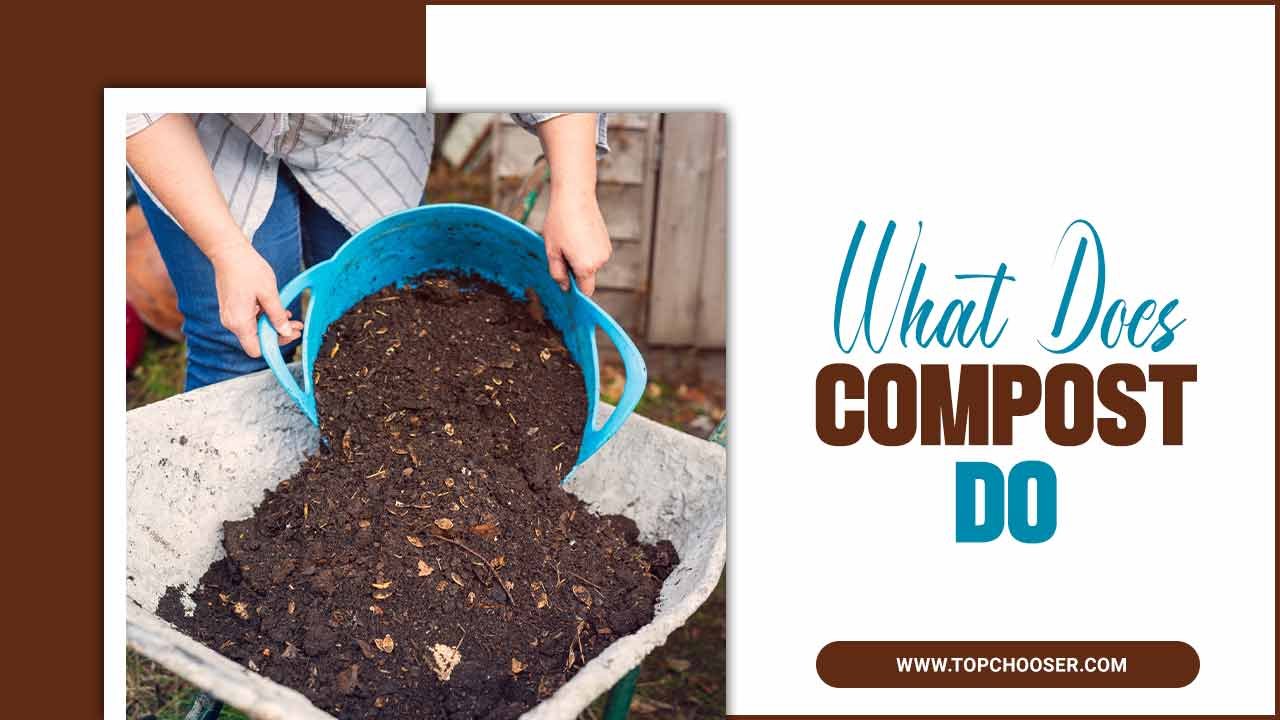A dying lemon tree shows signs of distress like yellowing leaves, wilting branches, and no fruit. The cause could be improper watering, nutrient deficiencies, pests, or diseases.
To address these issues: adjust watering, provide proper nutrition through fertilization, control pests and diseases with treatments, and prune dead branches. By understanding and addressing the signs and causes of a dying lemon tree, gardeners can revive it and ensure its health and productivity.
Here we will explore everything you need to know about a lemon tree is dying. We will discuss how to check the soil pH, adjust watering habits, prune and trim the tree, improve sun exposure, inspect for pests, monitor nutrient levels, apply fertilizer, and analyze tree health.
Additionally, we will help you recognize the signs and symptoms of a dying lemon tree and identify the possible causes behind its decline. Get ready to bring your lemon tree back to life.
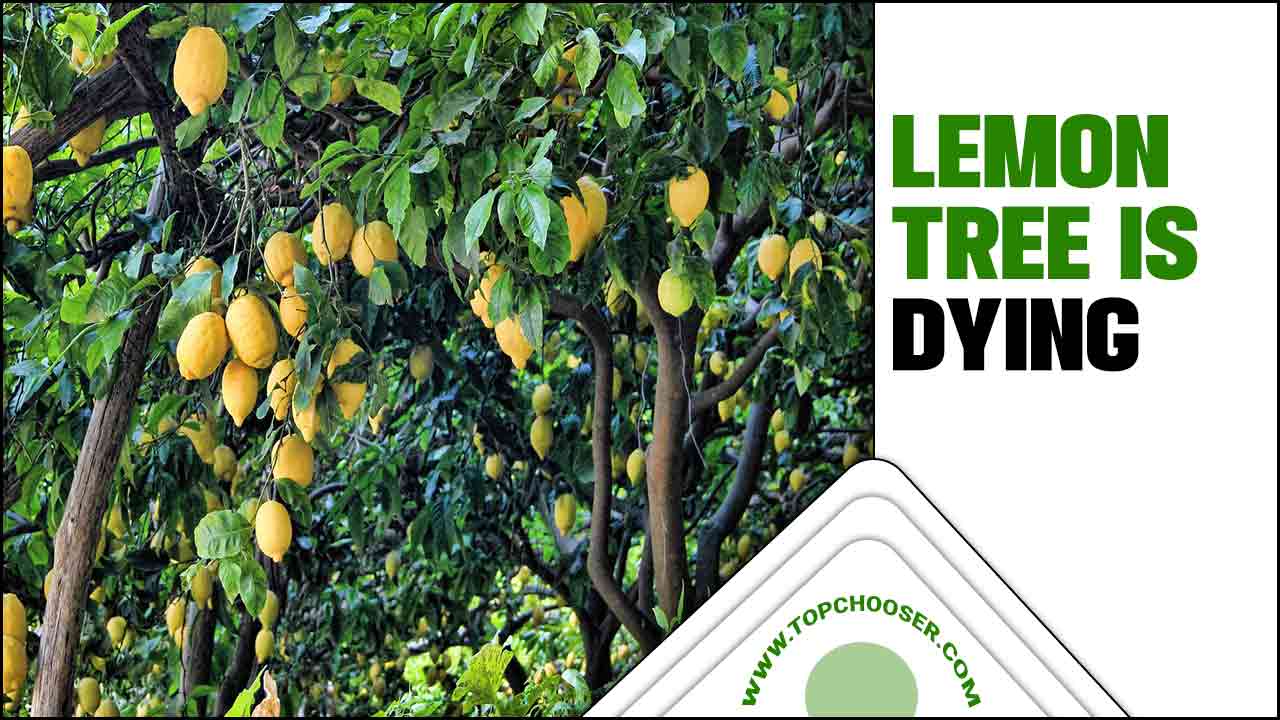
Lemon Tree Is Dying In 8 Easy Steps To Fix
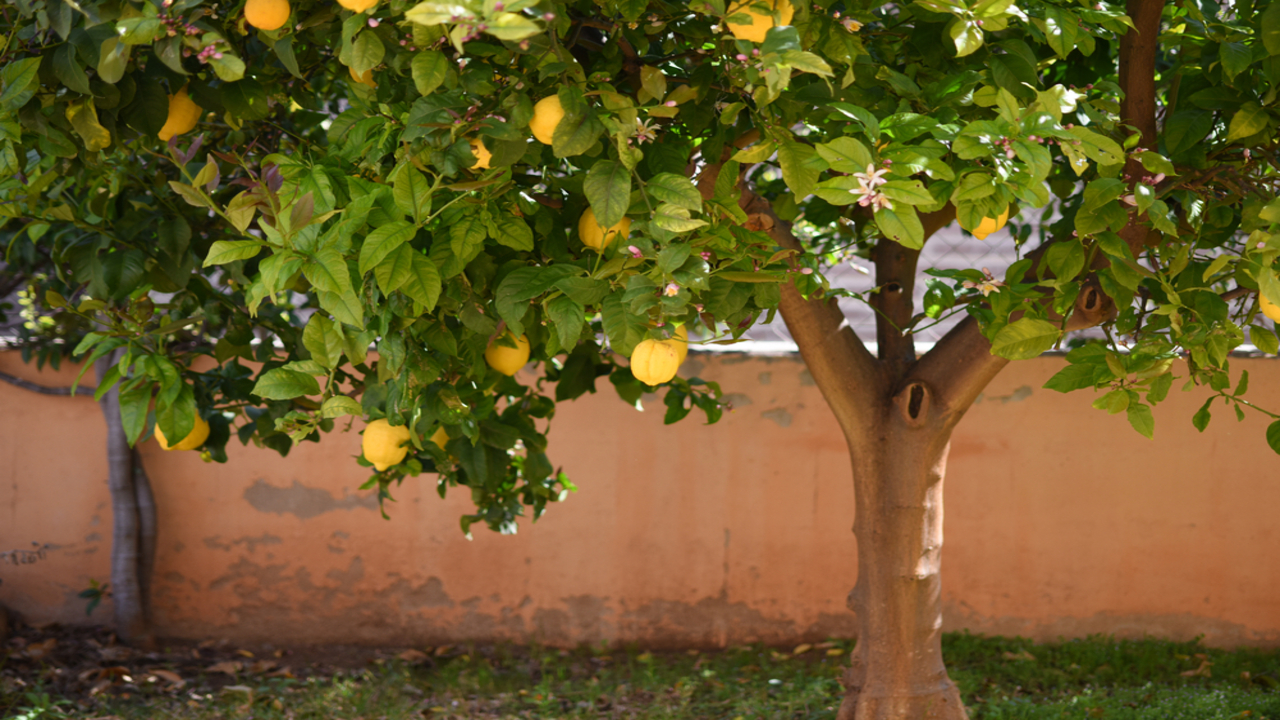
Fixing a dying lemon tree is crucial for several reasons. It can negatively impact your garden’s aesthetics and beauty. By addressing the issues causing the decline, you can preserve and potentially save the tree. A healthy lemon tree provides fresh lemons for cooking, baking, and beverages while attracting beneficial insects and birds to create a thriving ecosystem.
Fixing a dying lemon tree enhances landscape appeal and ensures continued productivity and ecological benefits. Here are step-by-step guides to fix lemon tree is dying.
1. Check The Soil Ph
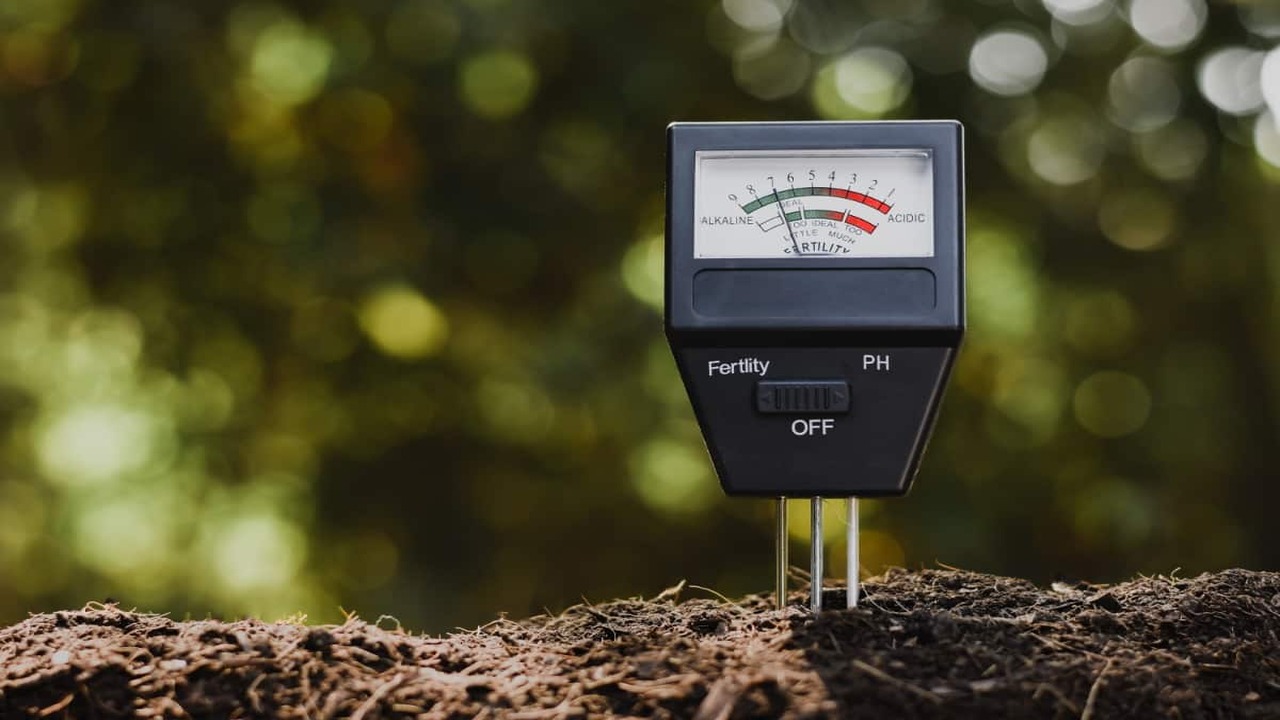
The health of a lemon tree is greatly affected by the pH level of the soil it is planted in. Lemon trees prefer slightly acidic soil, with a pH range of 5.5 to 6.5. To ensure optimal conditions for your lemon tree’s growth and health, regularly checking the soil’s pH level around it is important.
Use a soil testing kit to measure the pH accurately. If the pH is too high (alkaline), you can lower it by adding elemental sulfur or an acidifying fertilizer. On the other hand, if the pH is too low (acidic), you can raise it by adding ground limestone or dolomite lime to the soil. Monitoring and adjusting the soil pH will help create the best environment for your lemon tree to thrive and produce healthy citrus fruits.
2. Adjust Watering Habits
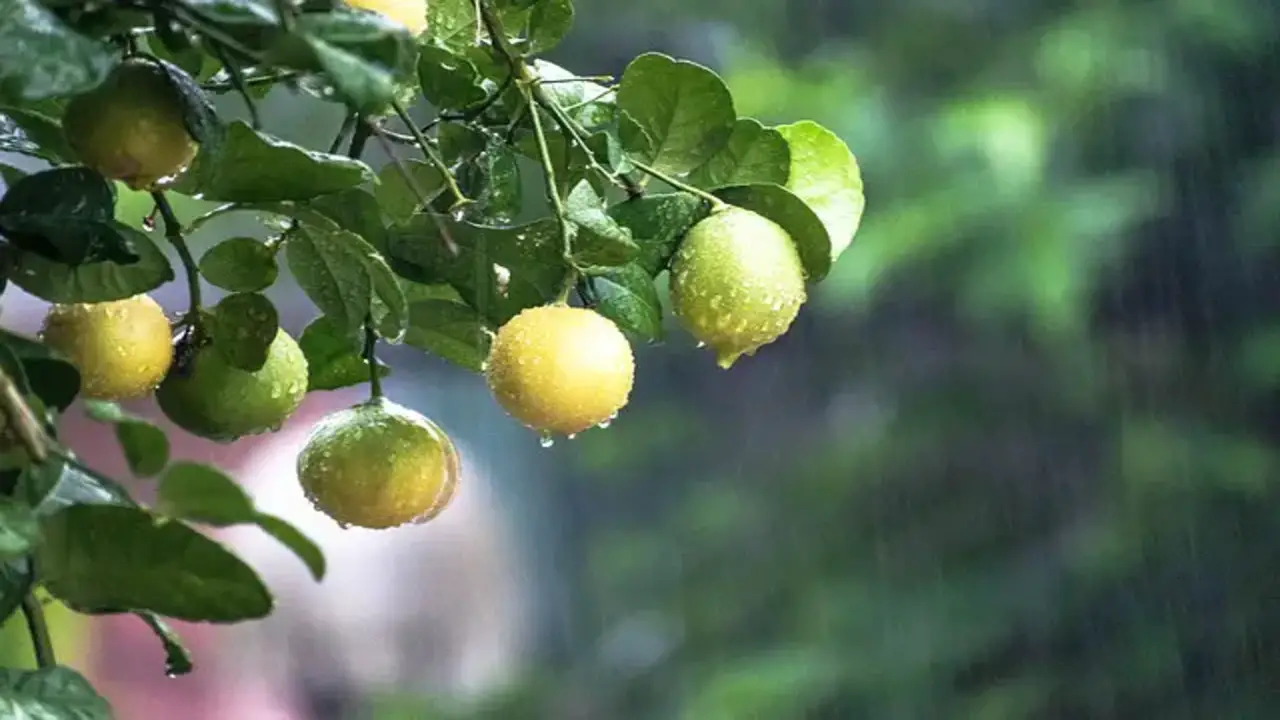
Improper watering is a common cause of a dying lemon tree. Overwatering can lead to root rot while underwatering causes stress and dehydration. To find the right balance for your citrus tree, regularly check the soil moisture and adjust watering accordingly.
Planting the tree in well-draining soil with good drainage is crucial. Consider using a moisture meter to determine when to water accurately. Avoid watering the leaves or trunk to prevent fungal diseases. By adjusting your watering habits, you can help your lemon tree thrive.
3. Prune And Trim The Tree
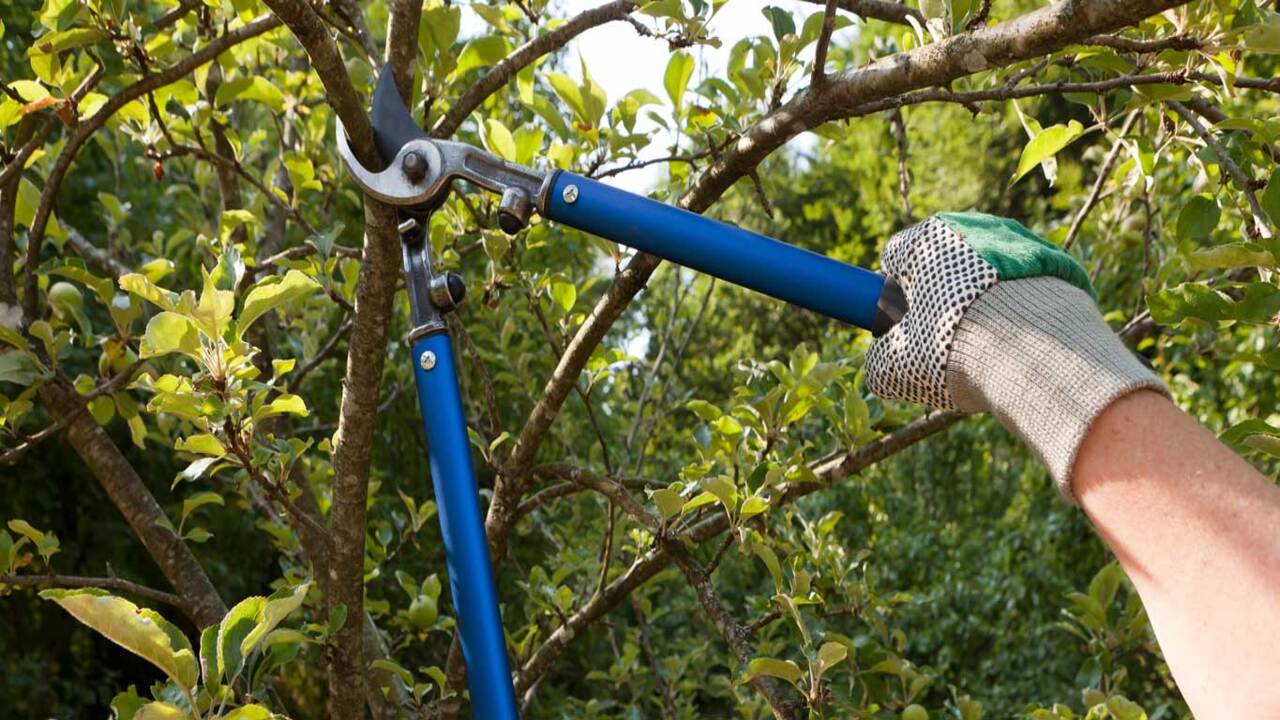
Consider pruning and trimming the tree to promote new growth and address a dying lemon tree. Start by removing branches crossing or rubbing against each other, as they can cause damage and hinder growth. Trim back any overcrowded branches, allowing sunlight to reach the lower branches. Utilize clean and sharp pruning shears for minimal damage.
Following the pruning, apply a balanced fertilizer specifically formulated for citrus trees to provide essential nutrients for healthy growth. Pruning and trimming the tree helps remove dead or diseased branches, promoting new growth.
Additionally, it helps prevent overcrowding and allows sunlight to reach the lower branches. A balanced fertilizer after pruning ensures that the tree receives the nutrients necessary for optimal health.
4. Improve Sun Exposure
To ensure the healthy growth of your lemon tree, it is crucial to improve its sun exposure. Lemon trees thrive when they receive at least 8 hours of direct sunlight daily. Trim any nearby trees or shrubs blocking sunlight from reaching the lemon tree. If your tree is in a pot, consider moving it to a sunnier location or placing it on a wheeled cart for easy daily mobility.
Prune branches or leaves, shading other parts of the tree to allow more sunlight to reach the inner branches and foliage.
Additionally, you can use reflective surfaces like mirrors or aluminium foil around the tree’s base to redirect sunlight onto lower branches. Monitor your lemon tree’s progress and make adjustments as needed to ensure it receives adequate sunlight for healthy growth.
5. Inspect For Pests
Inspecting for pests is an essential step in fixing a dying lemon tree. Pests like aphids, scale insects, and spider mites can cause significant damage to citrus trees and contribute to their decline. When inspecting the tree, look for signs such as sticky residue, curled leaves, or tiny insects, as these indicate the presence of pests. If pests are found, it’s important to take immediate action.
Treat the tree with an appropriate insecticide or natural pest control method to eliminate the infestation. Regular monitoring is crucial to catch any signs of infestation early on and prevent further damage. Alongside inspecting for pests, ensure that the lemon tree receives proper care in watering, fertilizing, and pruning, as this promotes its overall health and resilience against pests.
6. Monitor Nutrient Levels
One of the key factors in maintaining a healthy lemon tree is monitoring its nutrient levels. Nutrient deficiencies can significantly affect the tree’s overall health and lead to weakness and decline. It’s important to regularly check the levels of essential nutrients such as nitrogen, phosphorus, and potassium in the soil.
A soil test can help determine if any specific nutrients are lacking and adjust the fertilizer application accordingly. You can ensure the tree’s optimal growth and vitality by providing the necessary nutrients. Look for signs of nutrient deficiencies, such as yellowing leaves or stunted growth, and address them promptly for the best results.
7. Apply Fertilizer
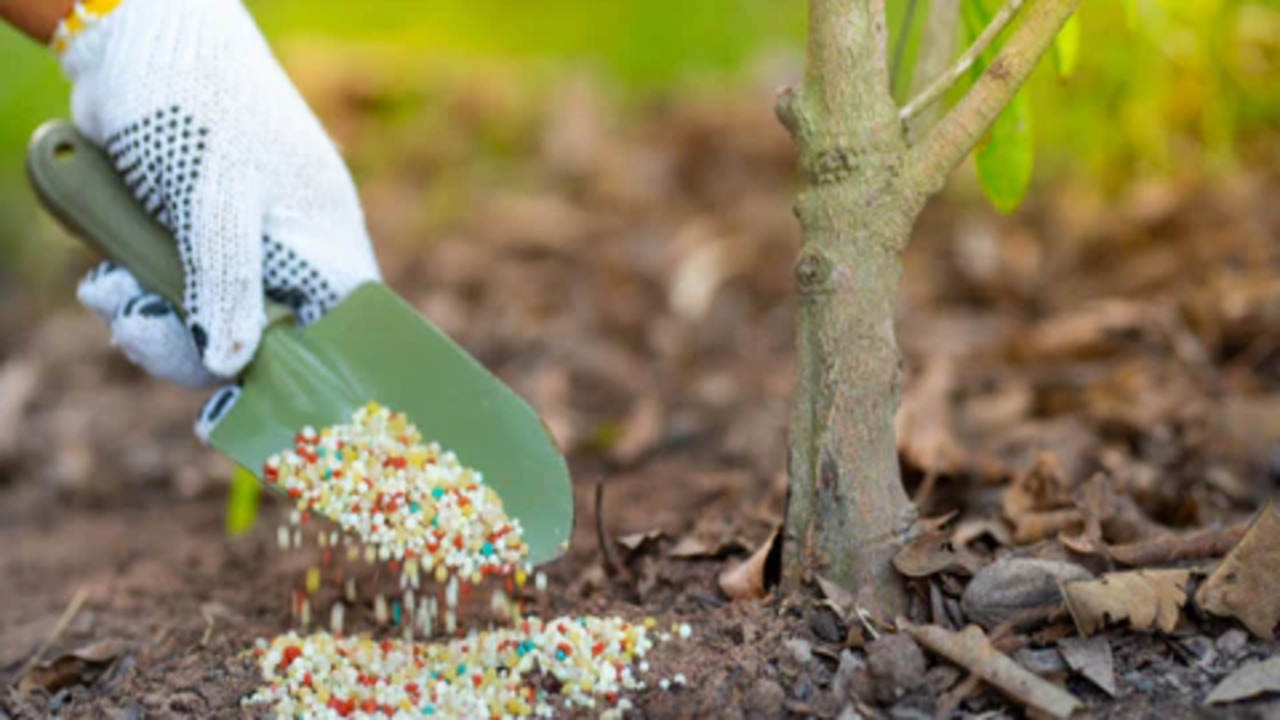
A balanced citrus fertiliser is essential to address nutrient deficiencies in a dying lemon tree. By following the package instructions, you can ensure that the tree receives the necessary nutrients for its growth and health. Regular fertilization, typically every 6-8 weeks during the growing season, helps maintain the tree’s vitality.
However, it is important to avoid over-fertilizing, as this can result in salt buildup in the soil, causing further damage. To optimize the soil pH for lemon trees, which should be around 6-7, consider testing the pH and making any necessary adjustments with amendments like sulfur or lime. Remember, proper fertilization practices help give the tree the nutrients it needs to thrive.
8. Analyze Tree Health
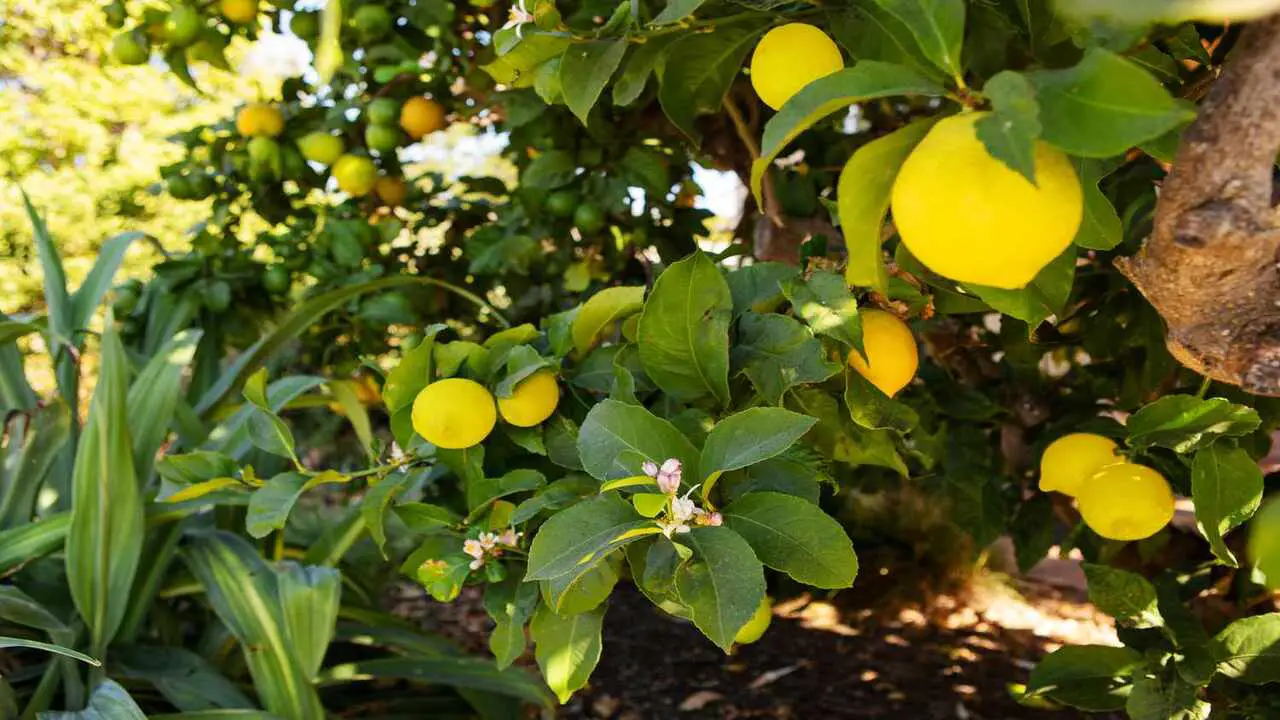
Analyzing the health of your citrus tree is essential to identify the underlying issues causing it to decline. Look for signs of nutrient deficiencies, such as yellowing leaves or stunted growth, which may indicate a lack of nitrogen or other essential nutrients.
Check for pests like aphids or fungal diseases that can harm the tree. Ensure your lemon tree receives adequate sunlight, watering, and good drainage, as excess water can lead to root rot and other problems.
Consider adjusting the soil’s pH level if needed, as citrus trees prefer slightly acidic soil. Pruning dead or diseased branches can stimulate new growth. By keeping a close eye on these factors and addressing any issues promptly, you can improve the health of your lemon tree.
Conclusion
A dying lemon tree can be saved with some simple steps and care. Identifying the signs of a dying lemon tree and understanding its causes is important. By checking the soil pH, adjusting watering habits, pruning and trimming, improving sun exposure, inspecting for pests, monitoring nutrient levels, applying fertilizer, and analyzing tree health, you can revive your lemon tree and bring it back to life.
Remember that prevention is always better than cure when it comes to maintaining the health of your lemon tree. If you notice any signs of decline or have concerns about your lemon tree’s health, take action promptly to prevent further damage. Hope the above outline on lemon tree is dying and how to fix it will help you to good farming.
Frequently Asked Questions
[rank_math_rich_snippet id=”s-e2e9124f-83a8-45ee-9ba6-8c44006eb19b”]

I am passionate about home engineering. I specialize in designing, installing, and maintaining heating, ventilation, and air conditioning systems. My goal is to help people stay comfortable in their homes all year long.

